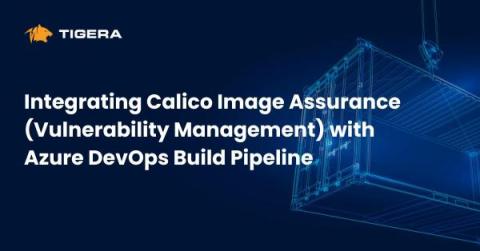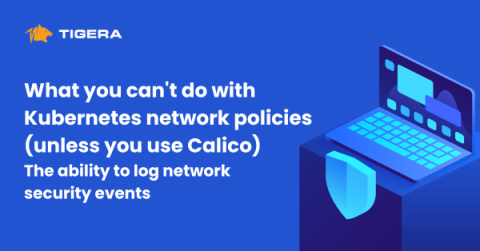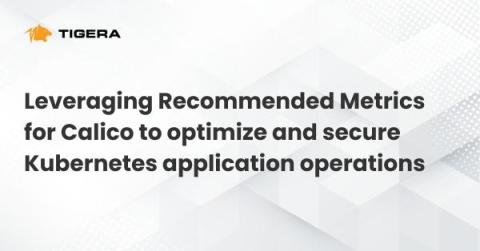Integrating Calico Image Assurance (Vulnerability Management) with Azure DevOps Build Pipeline
In cloud-native software development, ensuring the supply chain security of containerized applications in Kubernetes (K8s) environments is of utmost importance. With the continuous evolution of threats, safeguarding your containerized applications at every stage is not a choice anymore; it is an absolute necessity. With Calico’s vulnerability management, you can scan container images across three pivotal application lifecycle stages: Let’s break down the scanning guardrails offered by Calico.




